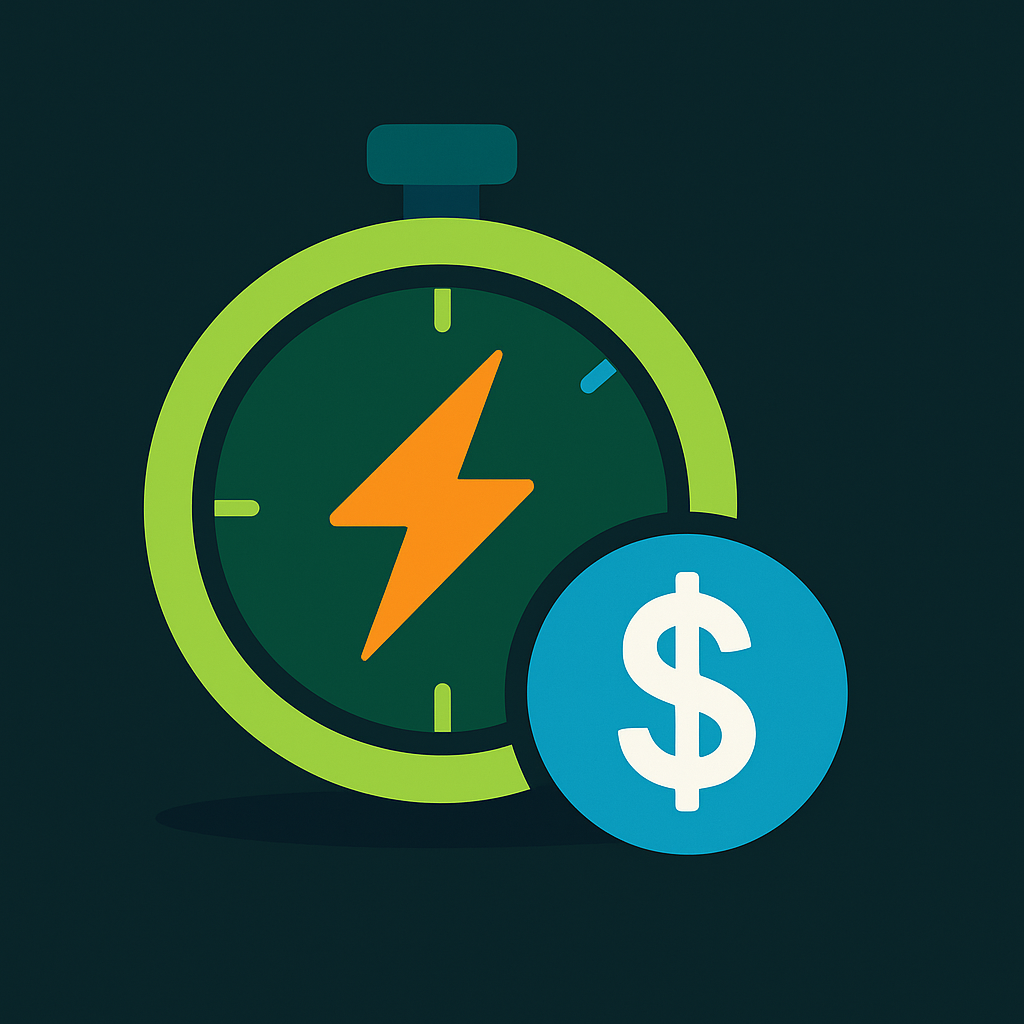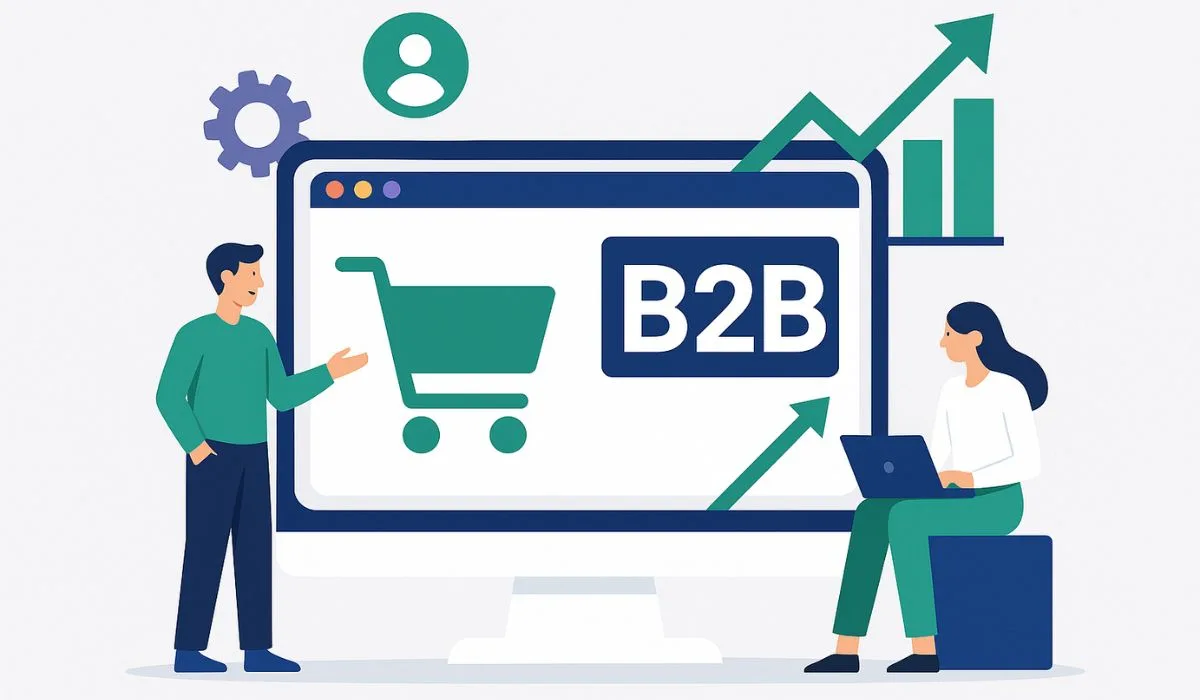Cost Optimization Strategies for Cloud Solutions
Cloud computing has transformed business operations by providing scalability, flexibility, and on-demand resources. However, without effective cost management, organizations risk overspending. For us, the challenge lies in crafting cost-efficient architectures that maintain optimal performance.
In this blog, we’ll look into actionable strategies for optimizing cloud costs, covering everything from automation to resource management and real-world examples.
Why Is Cost Optimization Important?
Cloud platforms like AWS, Azure, and Google Cloud provide immense flexibility but they also come with complex pricing models. Not having resources configured properly, over-provisioning, or lack of monitoring can increase costs exponentially. A well-optimized cloud environment ensures you:
- Maintain performance without breaking the bank.
- Spend only on what you use.
- Scale resources efficiently.
Let’s explore how to achieve this.
1. Understand Cloud Cost Structures
Pay-as-You-Go Pricing
Almost every cloud provider operates on a pay-as-you-go model, charging against resources like compute, storage, and data transfer. While this is flexible, it requires careful planning to avoid unexpected hike in costs.
Reserved Instances (RIs)
If you’re dealing with predictable workloads, reserved instances can allow you to commit to specific resource usage for 1-3 years, offering discounts of up to 75% compared to on-demand rates. Use reserved instances for steady-state applications like databases or back-end services.
2. Cost Management Tools
Native Tools
- AWS Cost Explorer: Analyze past usage, predict future costs, and identify saving opportunities.
- Azure Cost Management: Offers detailed insights into cloud spending and optimization recommendations.
- Google Cloud Pricing Calculator: Helps estimate costs for your workloads before deployment.
Third-Party Tools
- Spot.io: Automates the use of discounted resources like spot instances.
- CloudHealth: Monitors and optimizes multi-cloud environments.
These tools provide you with the visibility needed to make informed decisions about resource allocation and spending.
3. Optimize Workloads and Resources
Right-Sizing Resources
Over-provisioning is one of the most common issues that causes costs to increase. Check your workloads to make sure you’re using the right instance types and sizes.
Example: Replace underutilized large instances with smaller, more suitable ones.
Spot Instances for Savings
Spot Instances (AWS), Preemptible VMs (GCP), and Low-Priority VMs (Azure) offer significant discounts for flexible workloads.
Use Cases: Batch processing, machine learning training, and rendering tasks.
Storage Optimization
- Use lifecycle policies to automatically move infrequently accessed data to cheaper storage tiers (e.g., AWS S3 Glacier).
- Regularly delete unused snapshots and backups.
- Archive cold data to reduce storage costs further.
4. Cost Management Automation
Automation is a powerful way to make sure costs are in check.
Key Automation Strategies:
- Scheduled Shutdowns: Turn off non-production environments (like dev and test) outside business hours.
- Auto-Scaling: Scale resources dynamically based on demand to avoid over-provisioning.
- Tagging: Make use of tags to track resource ownership and allocate costs effectively across teams or projects.
5. Make Cost Optimization a Continuous Process
Cloud cost optimization isn’t a one off effort. It requires regular reviews, adjustments, and staying up-to-date with new tools and features from your provider.
Quick Tips for Continuous Improvement:
- Perform quarterly cloud cost audits.
- Encourage teams to monitor and report usage trends.
- Stay informed about discounts, savings plans, and new service offerings.
Contributors
-

Mubashir Meraj
writer
Technical Lead



